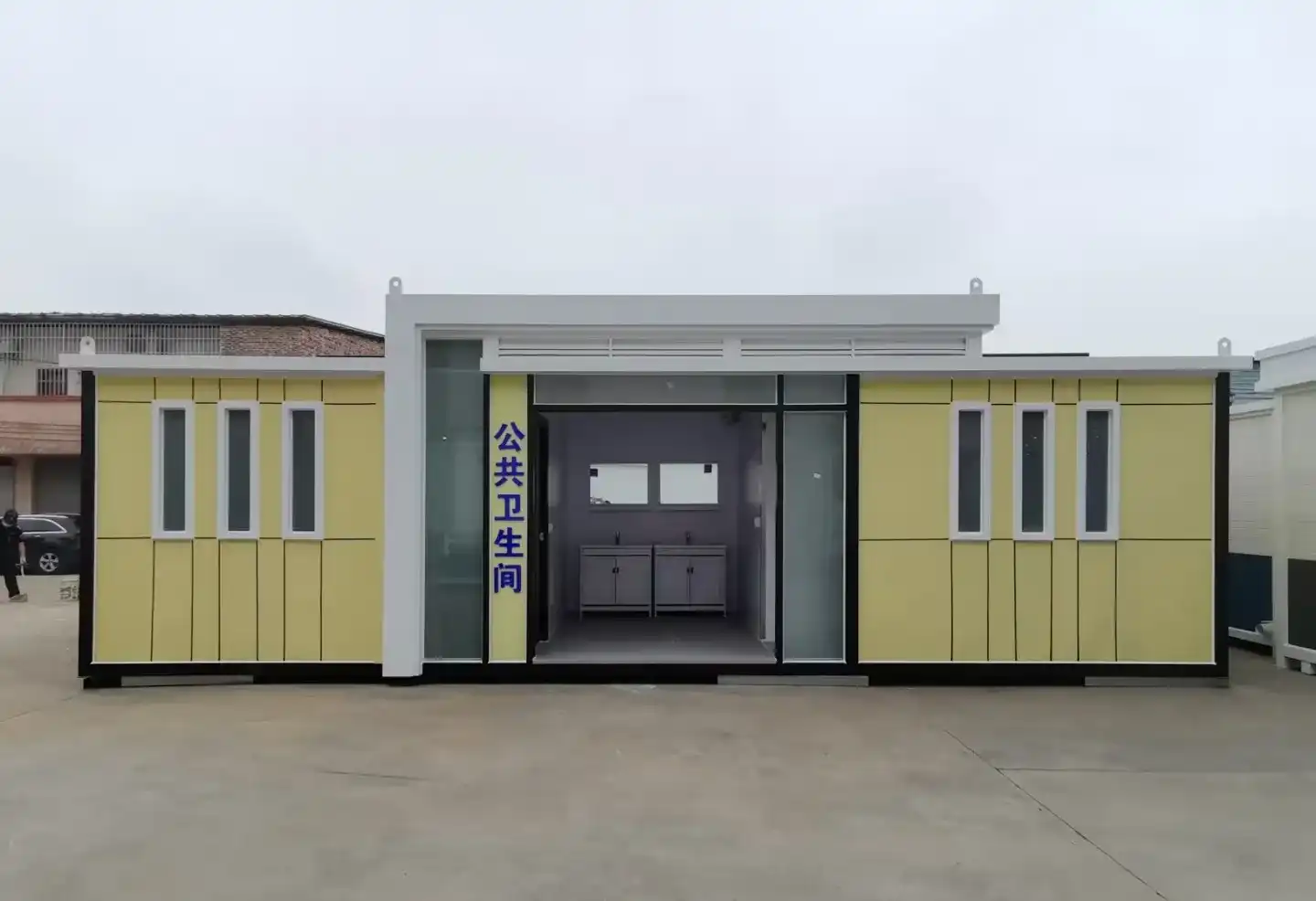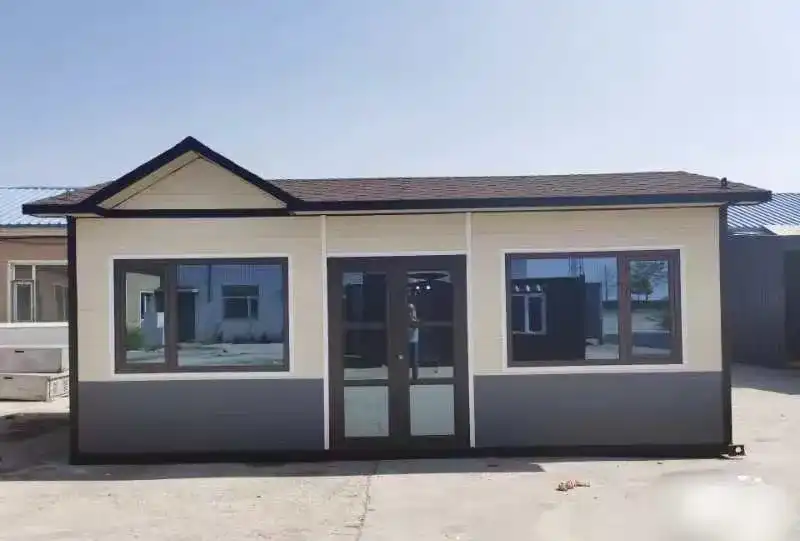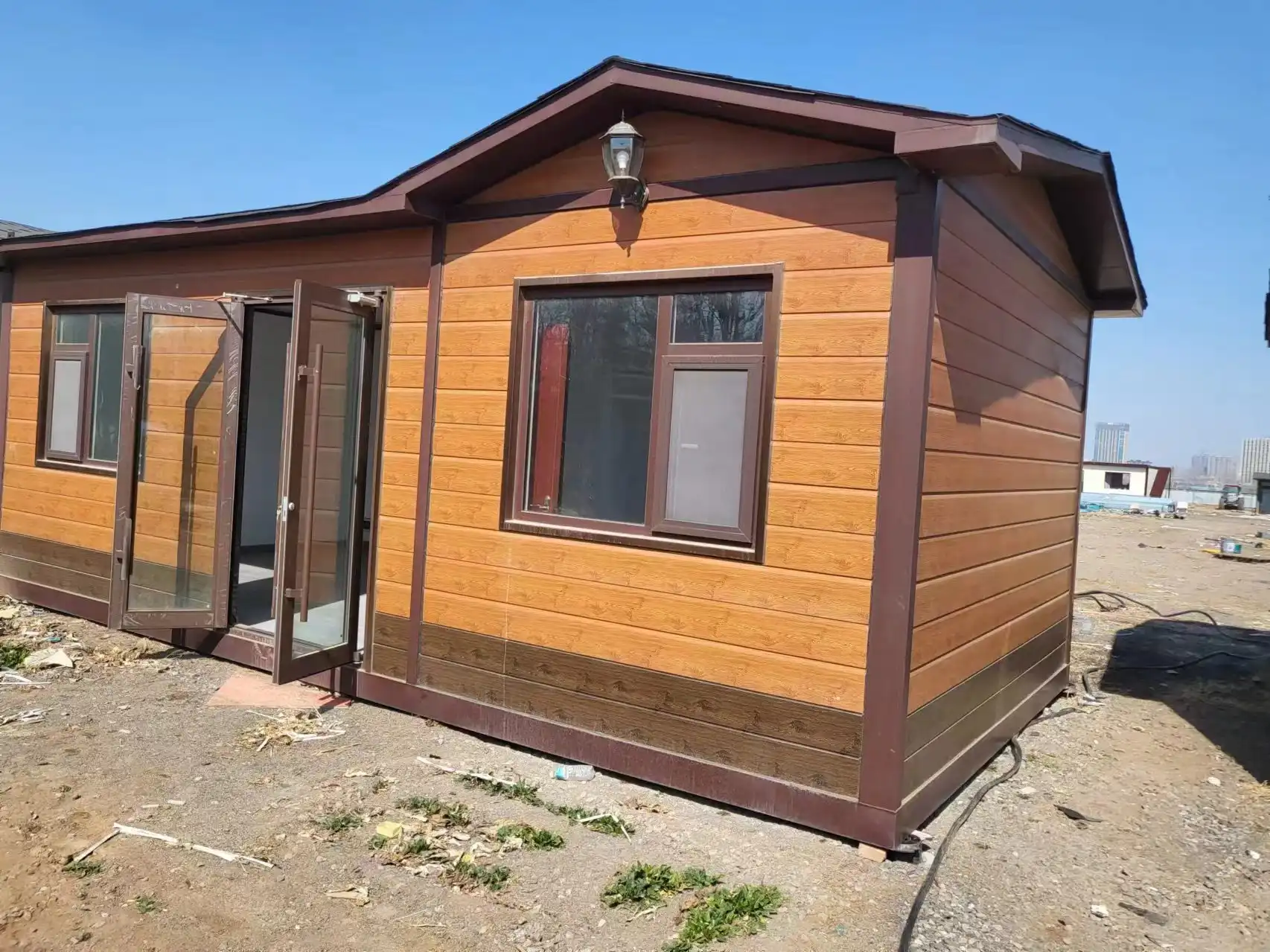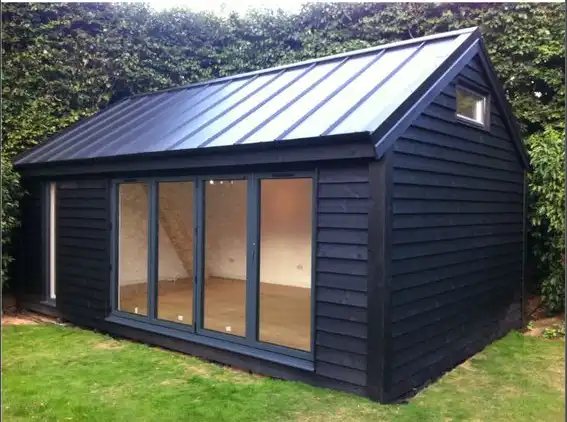Decorative exterior insulation panels are revolutionizing the way we approach building design and energy efficiency. These innovative panels offer a unique fusion of style and functionality, transforming ordinary building facades into striking architectural masterpieces. By combining advanced insulation properties with customizable aesthetic options, these panels not only enhance the visual appeal of structures but also significantly improve their thermal performance. The result is a dramatic transformation that elevates the entire building's appearance while simultaneously reducing energy costs and increasing overall comfort for occupants.
The Aesthetic Revolution: Elevating Architectural Design with Decorative Panels
Gone are the days when insulation was merely a hidden, functional component of building construction. Decorative exterior insulation panels have ushered in a new era of architectural design, where form and function seamlessly merge. These panels offer an extensive array of design possibilities, allowing architects and building owners to unleash their creativity and make bold statements with their facades.
Unlimited Design Possibilities
One of the most captivating aspects of decorative exterior insulation panels is their remarkable versatility in design. Available in a wide array of colors, textures, and finishes, these panels can replicate the look of natural materials such as stone, wood, or metal. This flexibility allows architects and designers to craft unique and memorable facades, whether aiming for harmonious integration with the surrounding environment or a bold visual statement that commands attention. The ability to blend beauty with performance makes these panels a preferred choice for modern architectural expression.
Customization for Brand Identity
Decorative exterior insulation panels offer commercial buildings a valuable opportunity to reflect and reinforce brand identity. Panels can be customized with corporate colors, logos, patterns, or even branded textures that make a lasting impression. This level of personalization not only enhances the overall appearance of the building but also acts as a functional branding strategy—elevating visibility, reinforcing customer recognition, and contributing to a professional, consistent company image across all physical touchpoints. This visual continuity strengthens the brand's presence and leaves a lasting impression on visitors and clients.
Energy Efficiency and Sustainability: The Hidden Power of Decorative Panels
While the visual transformation is immediately apparent, the true power of decorative exterior insulation panels lies in their ability to significantly enhance a building's energy efficiency. These panels are engineered to provide superior insulation, creating a thermal barrier that helps maintain consistent indoor temperatures regardless of external conditions.
Advanced Insulation Technology
Decorative exterior insulation panels employ advanced materials such as polyurethane, polystyrene, rock wool, or glass wool—each known for high R-values and exceptional thermal performance. These materials limit heat exchange between indoor and outdoor environments, thereby optimizing HVAC system performance. The result is not only enhanced occupant comfort but also measurable energy savings and environmental benefits, supporting a more sustainable, efficient, and high-performing building envelope over the long term.
Sustainable Building Practices
The use of decorative exterior insulation panels supports sustainable building practices on multiple fronts. By enhancing thermal insulation, they reduce greenhouse gas emissions from overuse of heating and cooling equipment. Additionally, many modern panels are manufactured using recycled or eco-conscious materials, aligning with green building goals. Their durability and long service life further contribute to reduced waste and environmental impact, making them an ideal solution for LEED-certified and environmentally responsible construction projects.
Durability and Low Maintenance: Long-Term Benefits of Decorative Panels
Transforming a building facade is a significant investment, and decorative exterior insulation panels offer exceptional value through their durability and low maintenance requirements. These panels are designed to withstand the rigors of various climates and environmental conditions, ensuring that the transformed facade maintains its beauty and functionality for years to come.
Weather Resistance and Longevity
Decorative exterior insulation panels are meticulously engineered to endure harsh environmental conditions with exceptional resilience. They offer superior resistance to ultraviolet (UV) radiation, moisture, corrosion, and temperature fluctuations, ensuring they maintain both aesthetic appeal and structural stability over time. Whether facing blazing sun, coastal salt air, driving rain, or sub-zero winters, these panels perform consistently. This robust weatherproofing not only safeguards the building envelope but also reduces long-term repair needs, making them ideal for projects demanding durability and visual longevity in all climates.
Effortless Maintenance
A key benefit of using decorative exterior insulation panels lies in their low-maintenance nature. Unlike traditional facade systems that may peel, rust, or require constant upkeep, decorative exterior insulation panels are built with durable surface treatments that resist fading, dirt buildup, and water intrusion. Routine maintenance typically involves basic cleaning with water and mild detergents, eliminating the need for costly repairs or specialized services. This ease of care ensures that the building maintains its polished appearance over time while significantly lowering operational costs and long-term maintenance budgets.
Fire Safety and Soundproofing
Beyond their striking aesthetics and insulating properties, decorative exterior insulation panels contribute significantly to safety and comfort. Many are rigorously tested to meet or exceed fire-resistance codes, offering enhanced protection during emergencies. Their multi-layered design, often including mineral-based cores, also helps dampen sound, reducing noise from traffic, machinery, or urban activity. This combination of fire safety and acoustic insulation makes them a highly effective solution for schools, hospitals, office buildings, and other facilities where occupant well-being and environmental quality are top priorities.
Conclusion
In conclusion, decorative exterior insulation panels offer a transformative solution for building facades, combining aesthetic appeal with practical benefits. From unlimited design possibilities and energy efficiency to durability and low maintenance, these panels represent the future of building envelope technology. As the construction industry continues to evolve towards more sustainable and visually striking designs, decorative exterior insulation panels stand at the forefront of this architectural revolution.
For more information on how decorative exterior insulation panels can transform your building project, or to explore our range of innovative cladding solutions, please contact us at info@sdqsc.com. Our team of experts is ready to help you elevate your architectural vision while maximizing energy efficiency and sustainability.
References
1. U.S. Department of Energy. (2021). "Insulation." Energy.gov.
2. ASHRAE. (2017). "ASHRAE Handbook - Fundamentals." American Society of Heating, Refrigerating and Air-Conditioning Engineers.
3. U.S. Green Building Council. (2022). "LEED Rating System." USGBC.org.
4. National Institute of Building Sciences. (2020). "Whole Building Design Guide—Building Envelope Design Guide." WBDG.org.
















.jpg改.webp)





.jpg改.webp)
